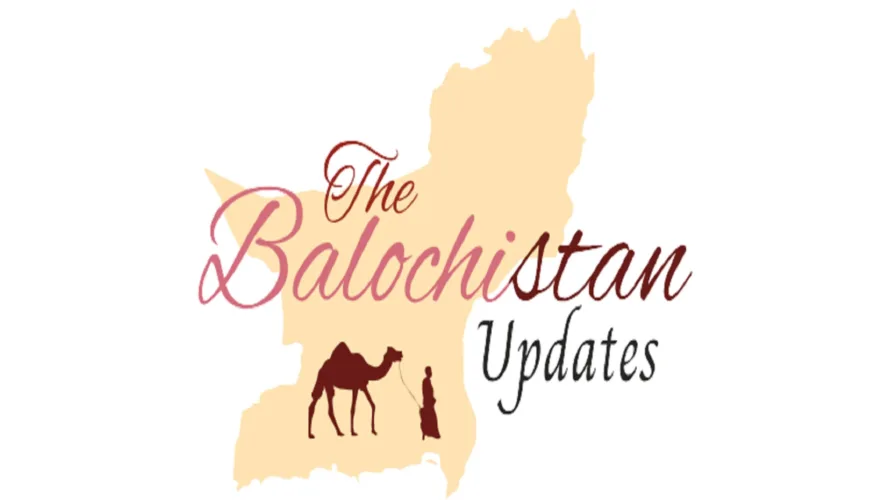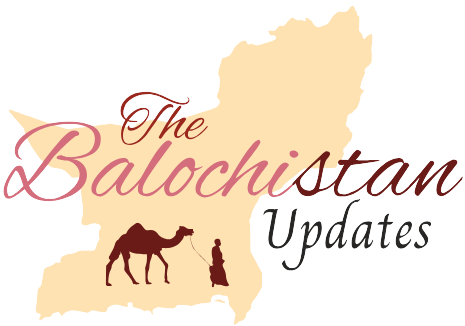Introduction
Militancy is once again on the rise in Balochistan and Khyber Pakhtunkhwa. The question that arises is why we tend to ignore the underlying causes behind these recurring uprisings in Pakistan, particularly after the events of 9/11. Previously, extremists targeted civilians for a period of at least 25 years. However, a new wave of violence, particularly emanating from Balochistan following the demise of Nawab Akbar Bugti, has led to security personnel becoming the targets of both separatists and jihadists. It is imperative to explore the actual causes and reasons behind this continuous fragmentation and friction.
Historical Context
Recent developments have once again brought to light the alarming rise of militancy in Balochistan and Khyber Pakhtunkhwa. In the wake of these uprisings, it is essential to question why we continuously overlook the root causes of such conflicts, particularly in the post-9/11 era. Previously, extremist groups targeted innocent civilians for over two decades. However, a new wave of violence, primarily originating from Balochistan after the tragic demise of Nawab Akbar Bugti, has resulted in security personnel now becoming the targets of both separatist factions and jihadists. This article aims to shed light on the critical need to delve into the true causes and underlying reasons behind this persistent fragmentation and friction.
Shifting Targets
To fully comprehend the present situation, it is crucial to acknowledge the historical backdrop that has contributed to the resurgence of militancy. Pakistan, since the aftermath of the 9/11 attacks, has been grappling with extremist elements that have exploited social, political, and economic grievances. However, it is disheartening to note that we have often failed to address these deep-seated issues adequately. The consequences have been devastating, with innocent lives lost and an environment of fear and instability prevailing.
Exploring the Causes
Over the years, the dynamics of militancy in Pakistan have witnessed a disturbing shift. Initially, civilians were the primary targets of extremist groups. This prolonged period of violence left scars on society, causing immense suffering and breeding fear. However, the situation has now evolved, as security personnel have increasingly become the targets of both separatist forces and jihadist elements. This change necessitates a comprehensive examination of the underlying causes behind these continuous waves of violence.
Holistic Approach
To effectively tackle the surge of militancy, it is imperative to understand the root causes that fuel these conflicts. Several factors contribute to the ongoing fragmentation and friction in Balochistan and Khyber Pakhtunkhwa. Socioeconomic disparities, political marginalization, and a lack of inclusive governance have fostered an environment ripe for radicalization. Moreover, historical grievances, such as the plight of the Baloch people and their struggle for autonomy, have also played a significant role in driving the current wave of violence.
Addressing the challenges posed by militancy demands a holistic approach. Merely relying on security measures and counter-terrorism operations will not suffice. It is crucial to simultaneously tackle the underlying socioeconomic issues that breed discontent and extremism. This requires empowering marginalized communities, promoting inclusivity, and fostering economic development in the affected regions.
Furthermore, comprehensive dialogue and engagement with all stakeholders, including separatist groups, are essential to understand their concerns and work towards finding sustainable solutions. Balochistan, in particular, warrants special attention, as the grievances of its people have fueled a sense of alienation and frustration, leading to the rise of separatist movements.
Conclusion
The resurfacing of militancy in Balochistan and Khyber Pakhtunkhwa demands immediate attention and introspection. It is high time that we abandon our tendency to overlook the root causes of these uprisings and instead focus on addressing the underlying issues that fuel them. By adopting a holistic approach that combines security measures with socio-political reforms, inclusive governance, and meaningful dialogue, we can pave the way for lasting peace and stability in these troubled regions. Failure to do so may perpetuate a cycle of violence that undermines the progress and prosperity of Pakistan as a whole.

